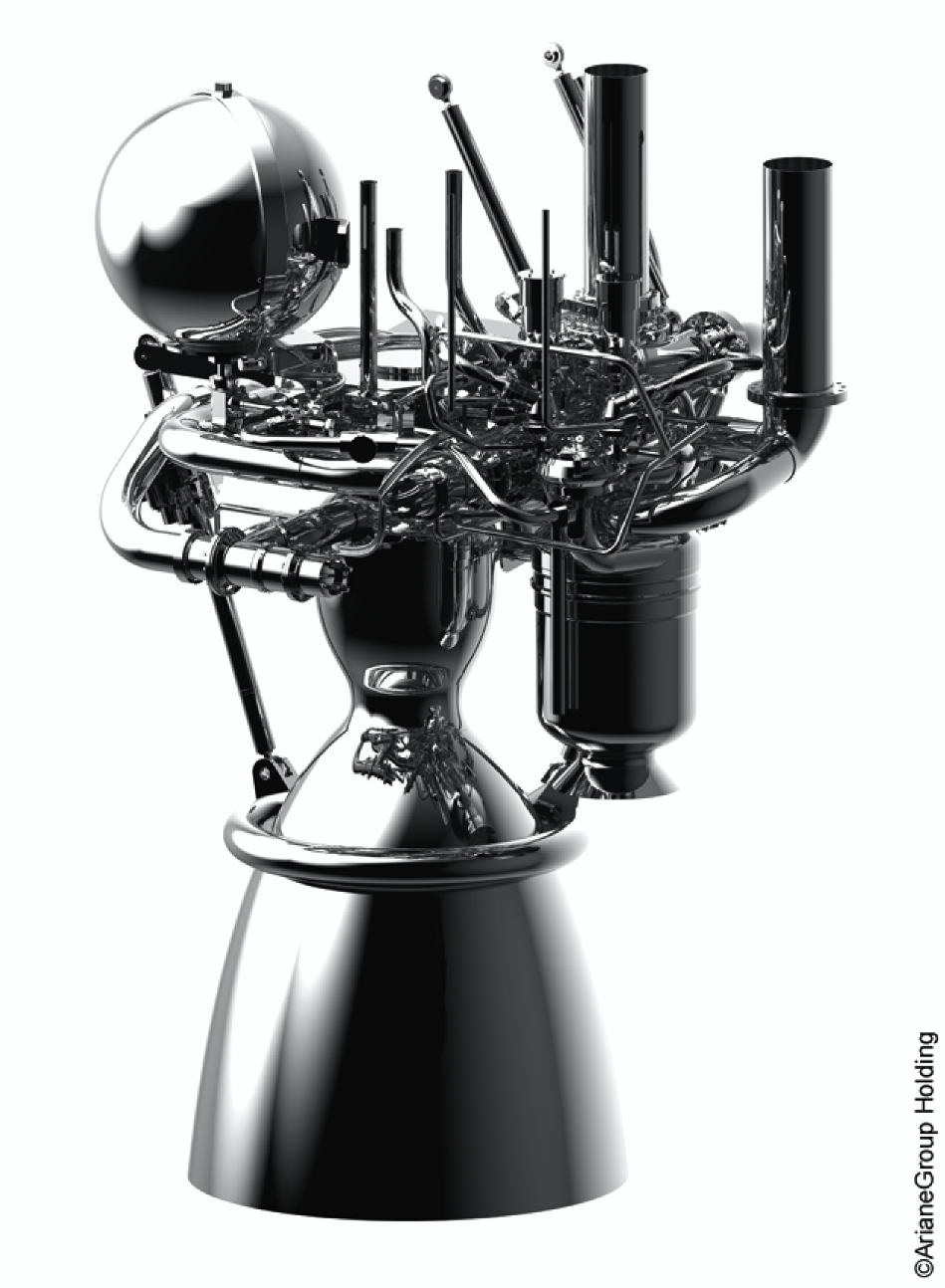The Prometheus demonstrator of a future low-cost engine for European launchers has successfully passed its definition review.
The Prometheus demonstrator of a future low-cost engine for European launchers has successfully passed its definition review, which was concluded on 1st February. It was carried out by ArianeGroup and ESA teams supported by experts from the French and German space agencies, CNES and DLR.
Prometheus is an ESA programme, initiated with CNES. The contract awarded to ArianeGroup by ESA in December 2017 covers the design, construction and testing of the first two examples of the very low cost engine demonstrator, which uses liquid oxygen and methane technology and is potentially reusable.
Prometheus is a precursor of the future engines intended for European launchers by 2030. The technologies and industrial processes developed for this demonstrator programme will also be used for the propulsion upgrades of Ariane 6.
The goal of the Prometheus demonstrator is to be able to build future liquid propellant engines in the 100 tons thrust class, for a cost ten times less than that involved in building an existing engine such as the Vulcain2.
In addition to switching from the traditional Ariane propellant (liquid oxygen/hydrogen) to liquid oxygen/methane, the demonstrator will entail major changes, including digitisation of engine control and diagnostics. It also depends on the use of innovative design and production methods and tools, including construction using 3D printing in a connected factory environment.
The next major programme milestone will be the Manufacturing Readiness Review (MRR) to start the production of two demonstrators in the first half of 2019. Testing of those two engines is scheduled for 2020.

